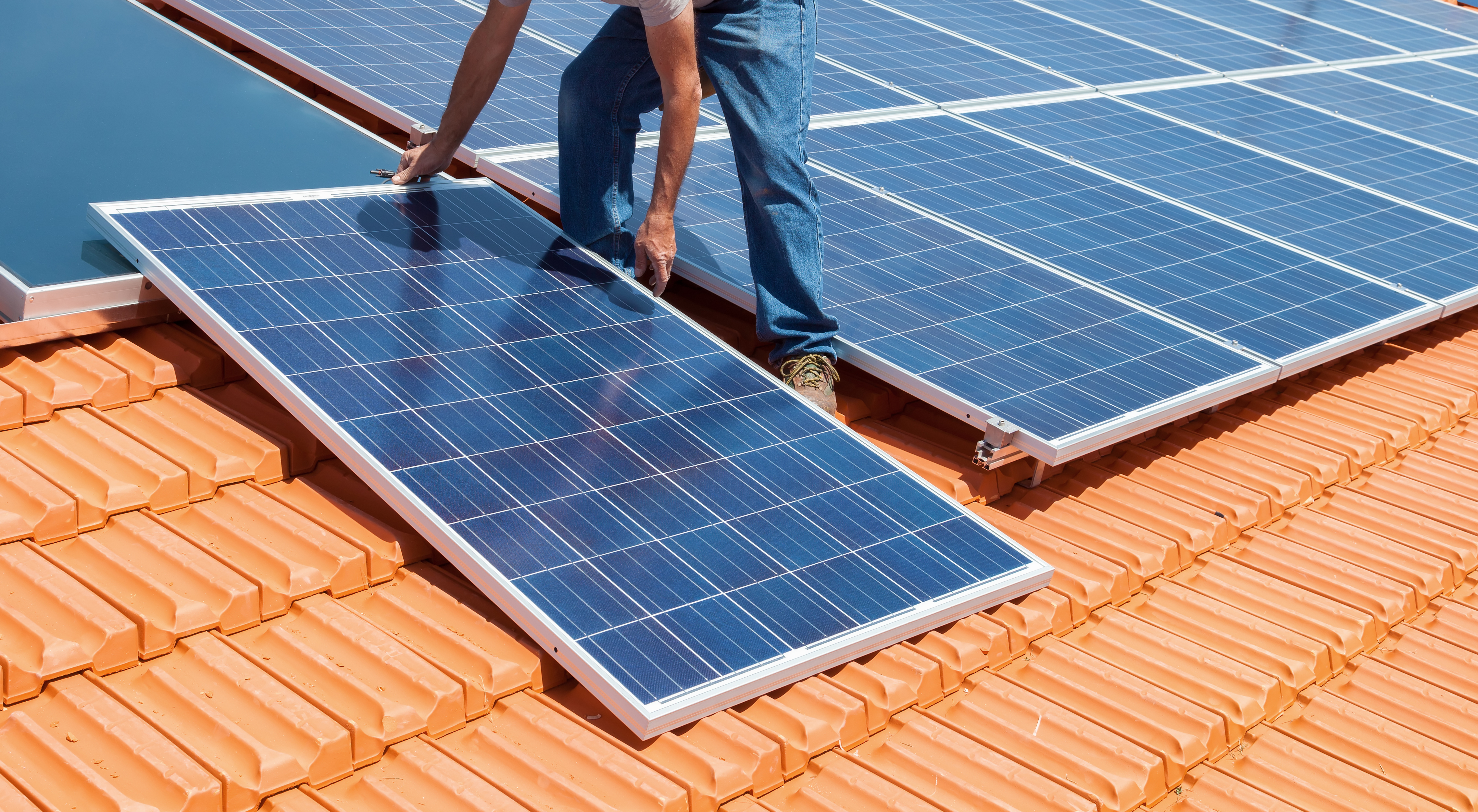Benefits Of A Solar House
Solar house is based on passive solar design of buildings where walls, windows, floors, roofs, passages are so designed to collect, store and distribute solar energy in the winter and reject the same in the summer thus keeping the interior environment appropriate. It is called passive since it does not require any mechanical or electrical devices to keep the inside temperature amiable. The best use of local climate is made. The windows are so placed, the walls are so slanted and angled, the roof is so sloped and the floors are so glazed that all elements make the best use of available thermal mass and shading. Thermal conductivity and thermal insulation of construction material play a vital role. Even existing buildings can be retrofitted and renovated to attain the essential features of a solar house.
We find wooden houses with wooden flooring and twin walls with air insulation in locations of cold climate. Such technology was available since ancient times when applied science was not in print. Now, a kind of perfection is being attained in building solar house by incorporating thermodynamics of heat transfer where adiabatic and isothermal cycles are key factors. The principles of climatology are followed. Site, location and layout become important for capturing or avoiding solar radiation. Prevailing rain conditions and wind rose are kept in focus while designing the building. All these elements are fed for computer modeling.
A solar House is the first stepping stone towards green living. If there is space available, then one should aim towards maintaining a green belt of trees and bushes in such a way that this also provides the necessary shading and desired insulation from solar heat during summer season. Conversion of solar energy into electrical energy through photovoltaic cells will reduce electricity generated from nonrenewable resources. In line with this, solar water heaters and solar cookers are other implements that go well with manufactured energy saving.
Research Institutes such as the Passive House Institute in Germany have taken a step towards perfecting solar living in which one lives in a solar house utilizing all known resources of passive heat to be utilized to minimize energy usage. There is a Passive House Planning Package (PHPP) which certifies a house to be a solar (passive) house only when it meets the criteria set by its current revision. One of the criterions is that the annual specific heat demand should not exceed 15 kWH per square meter ampere.


